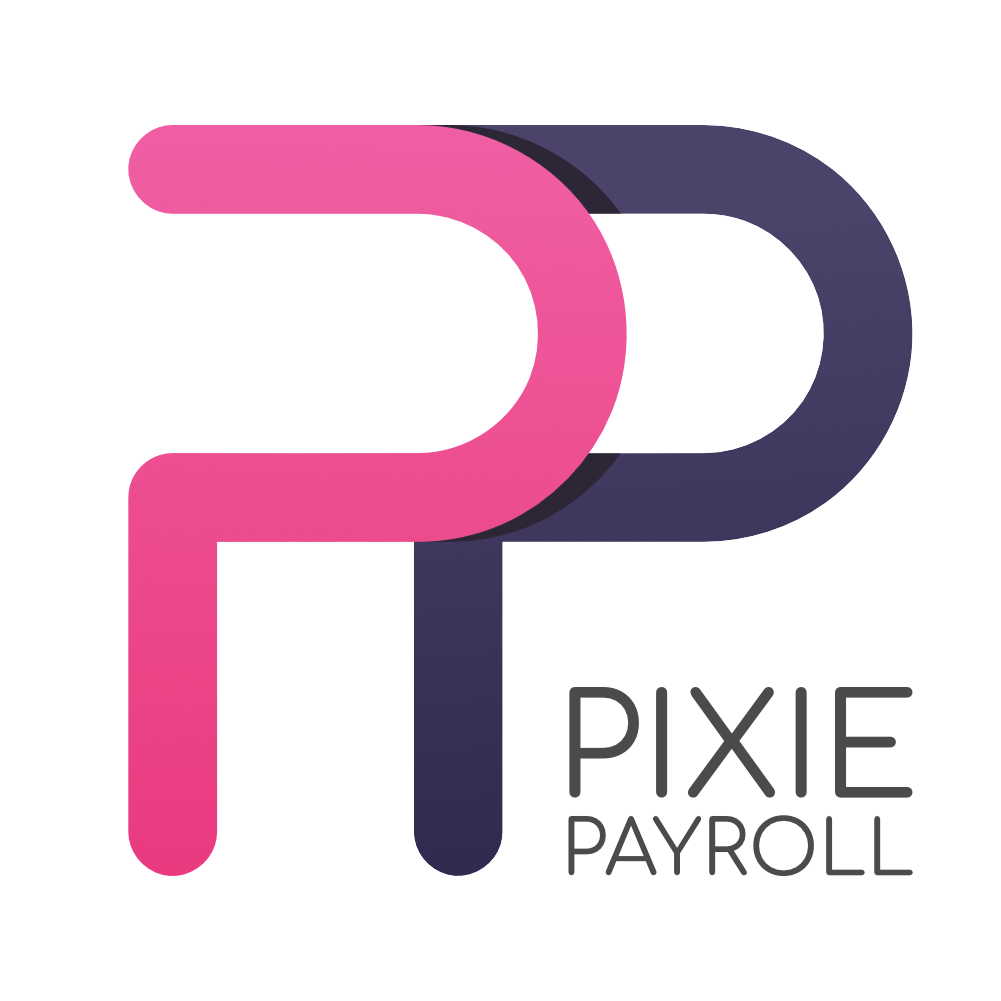What will the new tax year bring?
As we reach the beginning of the 2019/2020 tax year, we’ve been advising some of our clients on the payroll changes due to be introduced on 6th April, so we thought it might be useful to write a blog about them.
Wage rates increasing
Both the National Minimum Wage and the National Living Wage are increasing. Currently all over 25s are paid the National Living Wage of £7.83 per hour but this will increase to £8.21 from April 2019. Other age bands are increasing as well – the full table of amounts can be found here.
New tax & National Insurance thresholds
Taxation thresholds will also increase from 6th April with the personal allowance (the amount you can earn without paying tax) increasing to £12,500. The basic rate of taxation remains 20% but the threshold increases to £50,000 before higher rate tax needs to be paid. These figures only apply in England, Wales & Northern Ireland; if you are in Scotland the rates are different.
National Insurance thresholds are also increasing with no NI due if your employees are earning less that £166 a week or £8,632pa. The upper threshold is increasing to £50,000 or £962 a week.
Tax and National Insurance calculations can be complicated and specific to each individual employee so although these figures are a guide, they may not apply to every employee. Get in touch if you need some specific advice on tax codes, tax and national insurance rates.
Auto Enrolment
There will be some changes to pension auto enrolment on 6th April. Overall, the total minimum contribution rate is increasing to 8% (up from 5%) so each employee will be adding more to their pension pot. The contribution rate for employers is increasing to 3% and for the employee 5%. It is the responsibility of all employers to administer their auto enrolment scheme correctly, so ensure you are prepared for these increases. As an expert in auto enrolment, I can help with any queries you have.
Statutory pay
There are various types of statutory pay including sick pay, maternity pay, paternity pay and adoption pay. These are increasing from April 2019 in line with the consumer price index so although the amounts are relatively modest, it will be important to have the correct rates to hand when calculating an employee’s pay. Full details on all the new rates can be found here.
Student loan thresholds
The amount an employee earns before they have to start repaying their student loan is also set to increase in April. Those with a Plan 1 loan will have to earn £18,935 before making repayments whereas those more recent graduates on Plan 2 can earn £25,725. The good news is that payroll software will calculate the repayment amounts automatically if they are due.
Payslips
From April 2019, all workers will be entitled to receive an itemised payslip which should include details on the number of hours someone has worked, if that would vary the amount of pay they receive.
This might seem like there is a lot of new information to digest and new calculations to be made. But the good news is that any payroll professional like me should be all set up and ready for the changes, so it will be seamless. If you do have any queries about the new tax year and how that might impact your payroll, just give me a call on 01326 336364 or email me: kellie@pixiepayroll.co.uk
